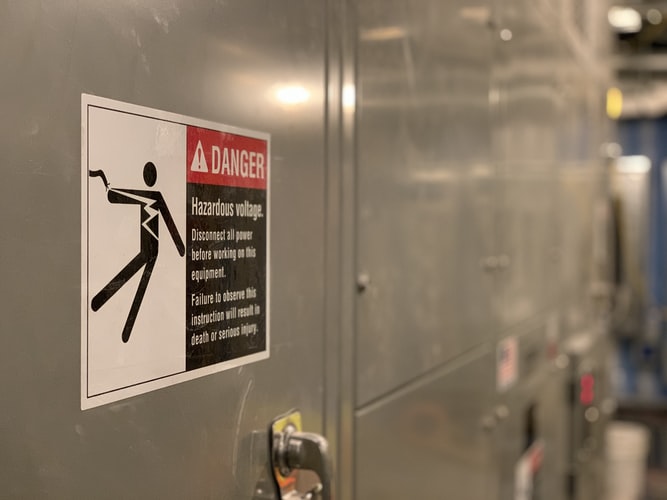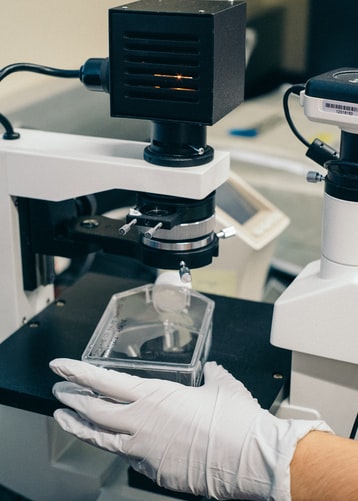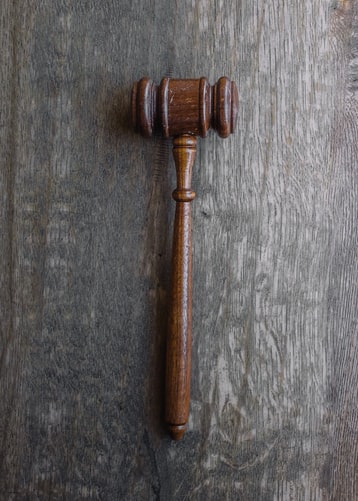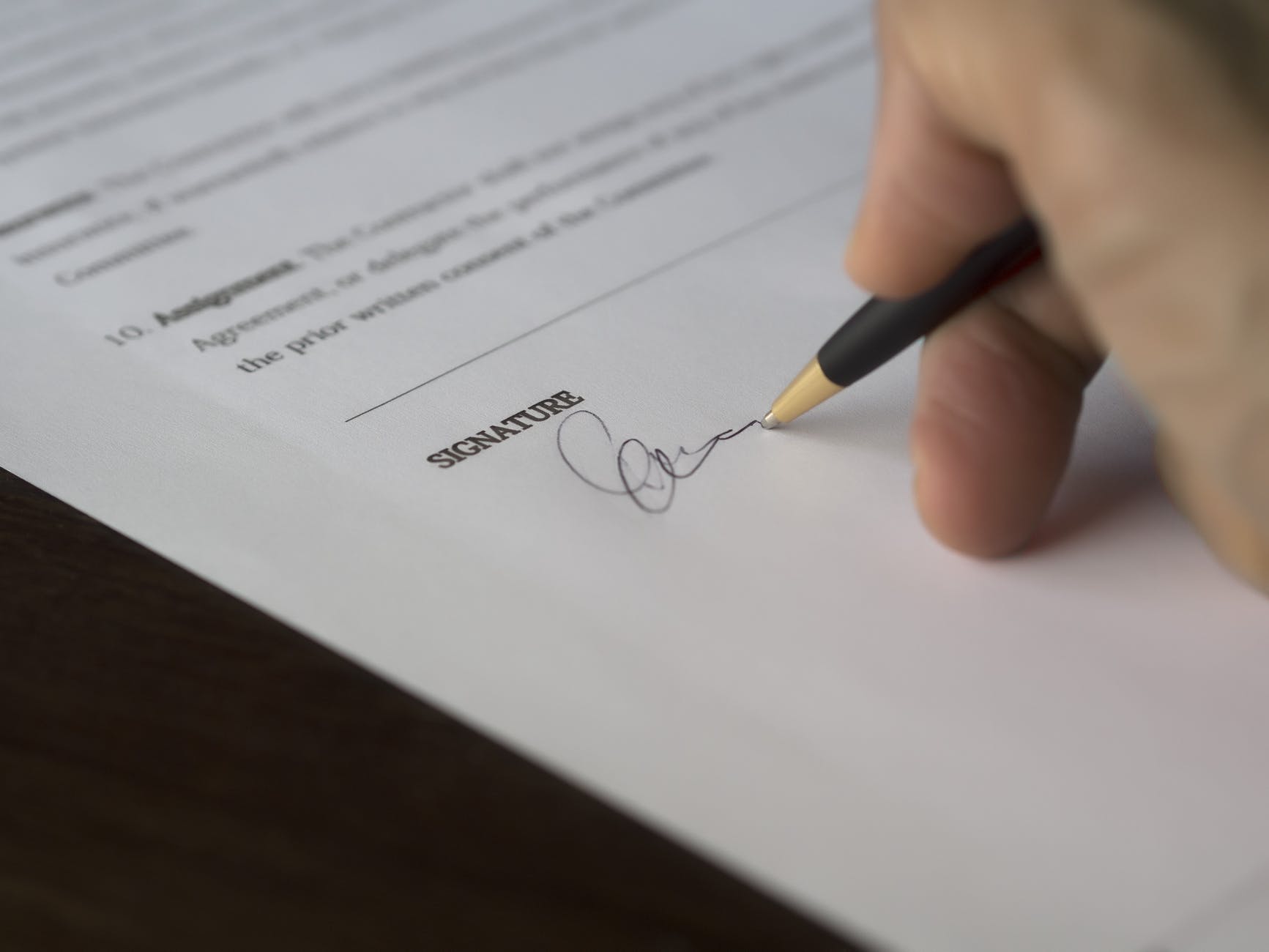A technician, also sometimes known as an appliance installer, helps to repair and install the different home appliances.
They might labor for some of the larger appliances like a washer, refrigerator or dryer. The labor usually gets done at the residence, but some of the more portable appliances like a microwave, toaster oven or a vacuum cleaner will be repaired at the shop. Installing an appliance like a stove or refrigerator will usually mean that you need to call in an appliance installer. After the installation has been completed, they will usually turn on the water or the gas, and they will look for leaks because this can be detrimental.
Appliance Installers
A technician, also sometimes known as an appliance installer, helps to repair and install the different home appliances. They might labor for some of the larger appliances like a washer, refrigerator or dryer. The labor usually gets done at the residence, but some of the more portable appliances like a microwave, toaster oven or a vacuum cleaner will be repaired at the shop. Installing an appliance like a stove or refrigerator will usually mean that you need to call in an appliance installer. After the installation has been completed, they will usually turn on the water or the gas, and they will look for leaks because this can be detrimental.
Meeting the Requirements
Most of the entry-level technicians will need to have a minimum of a high school diploma. However, there have been cases where they just need to show they have a history of working in this field. Most appliance installers will only learn the specifics of this trade through an apprenticeship with experienced technicians. As a technician, they will also have to pass the individual state licensing, and if the installer works with refrigerants, he will have to first pass the Environmental Protection Agency’s written exam, which will certify him to handle the refrigerants.

The Dangers of Being an Appliance Installer
One of the key ways that appliance installers have been exposed to asbestos has been through the appliances that they have serviced. It used to be used in the appliances because it prevented the machine from burning out while the machines was working.

Some of the classic examples where you might find it being used included in:
- Broilers
- Toasters
- Slow Cooker
- Popcorn Poppers
- Electric Blankets
It largely depends on the age of the appliance, but before this hazardous material had been banned in 1977, lots of products that an appliance installer would work on might have it. As they dismantled the product, they’d become exposed to the fibers because they’d get released into the air. Long-term exposure to asbestos-related products has led to many health problems, and installers were at an increased risk for developing some of the diseases caused by this material.
Some other dangerous examples include older portable heaters that had previously been wrapped in asbestos-based insulation. They could even still be in use today, and the repair of some of these heaters has put the technician at a risk of developing mesothelioma. In addition, you have older models of water heaters and freezers that have been known to contain the substance in the insulating blanket for the metal cover.
What Happens in Occupational Exposure?
Sometimes appliance installers would remodel a space as a way of accommodating for the different appliances to generate higher levels of heating. They might cut some of the existing walls away that would contain asbestos-based insulation. Many times you would see flooring made to be heat resistant and dryers and ovens that had asbestos-related products installed as a way of preventing the risk of fire.

In the past, you saw what was known as phenolic molding compounds, and they were manufactured with the brand name Bakelite. It was a plastic resin that was dangerous because of how it contained an asbestos-based product known as chrysotile. This was a product popular for its electrical and thermal properties of insulation. Not only did it get used for appliances, it also became popular with wall moldings that a technician later had to remove to reshape the space for bigger appliances.

Scientific Research
Back in 2007, a study had been conducted by the ADAO where the research looked at more than 250 different products that were used every day and thought to contain asbestos-related materials. The appliances bought came from some of the national retailers, and this happened in the 18 months before the testing ever took place. Researchers were able to confirm the presence of this in products. However, they did note how they need to get further evidence to learn more about it.

Lawsuits Within the Occupation
Electrolux, a company that has become the leading producer of appliances, reported how in December 2002, they faced more than 194 lawsuits from asbestos-related cases. In fact, the company prepared themselves with over $9 million to help with covering some of the claims against them. The liabilities were expected to rise even higher than this amount. On December 31, 2011, Electrolux reported over 2,714 pending lawsuits that had their origins in this subject.

In one case, Ward T. McFadden had received a diagnosis of lung cancer, which happened as the result of exposure from asbestos-related products that Electrolux made during the course of McFadden’s career. The circumstances of the lawsuit will play a big role in whether a person sees compensation for it.

